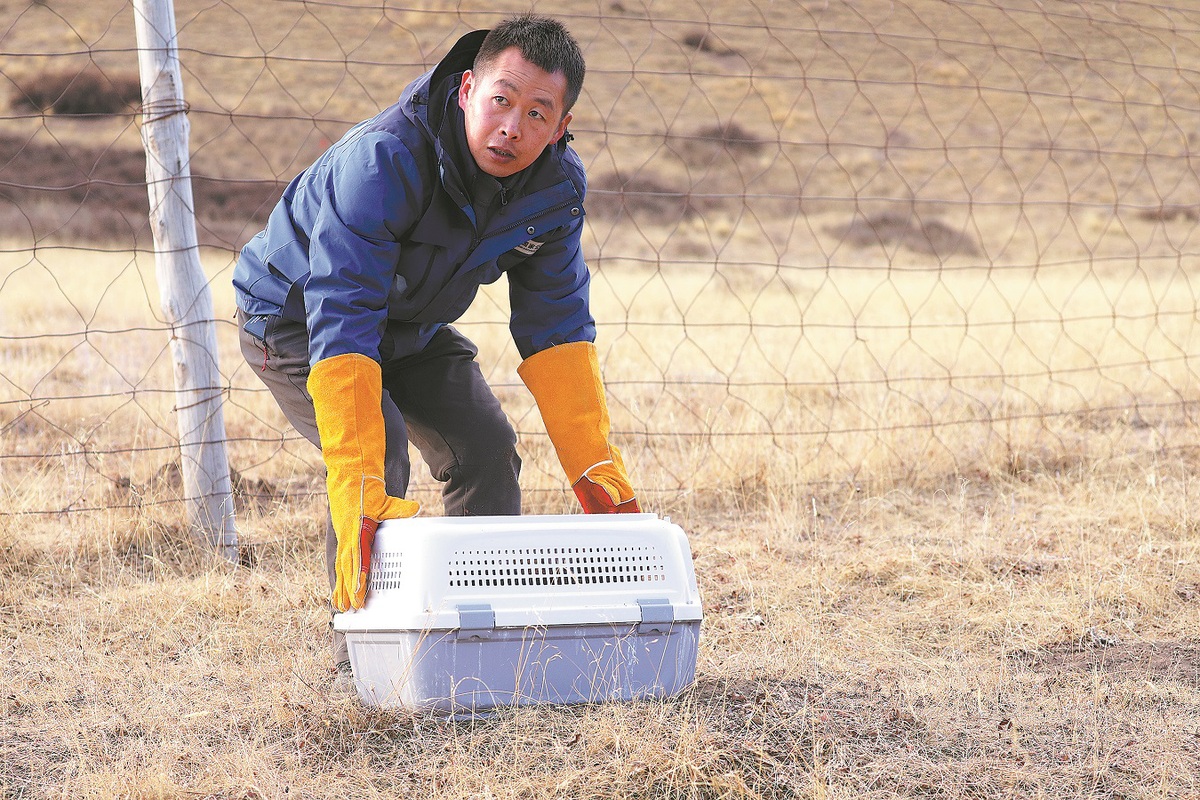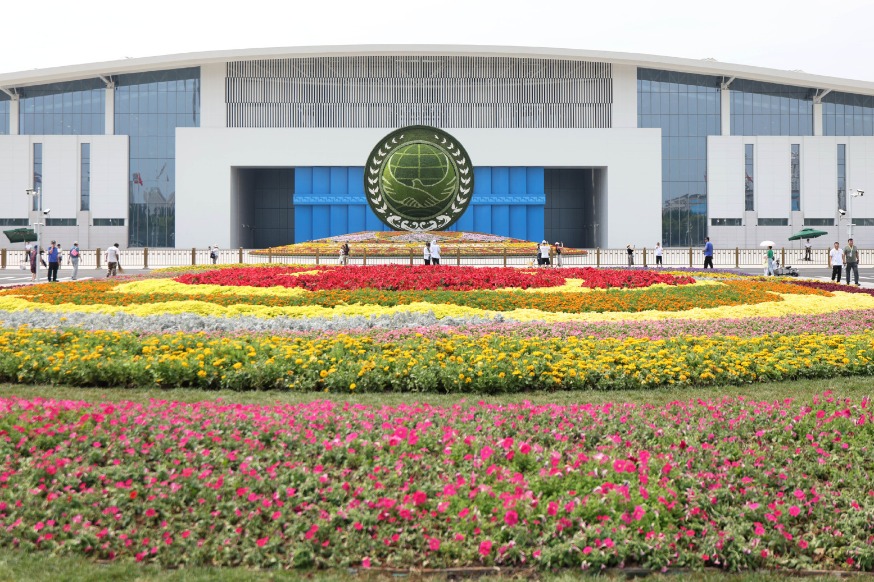Animals get a second chance at life
Rescue center fosters injured creatures before releasing them


Every morning at 8 am, wildlife rescuer Ma Cunxin begins his busy day: preparing meals for an assortment of animals takes up the entire morning as they all have unique diets and needs. And in the afternoon, he cleans their enclosures and tends to their wounds.
Despite the heavy workload and limited conditions, Ma finds tranquillity in the routine. "For me, feeding animals and cleaning enclosures are the most peaceful moments. I enjoy this solitude."
The 35-year-old is the head of a wildlife rehabilitation and breeding station located deep in the heart of Qilian Mountains in Northwest China's Qinghai province.
The wildlife rehabilitation and breeding station nestled within the Qilian Mountain National Park, which became fully operational in August 2022, is China's only wildlife rescue facility located inside a national park where animals receive medical treatment, personalized rehabilitation and when possible, a second chance at life in the wild.
The station is fully equipped with an operating room, a treatment area and a laboratory. The rescued animals enjoy the areas with the best lighting and the quietest environment in the station, especially those that are highly protected or in unstable condition, Ma said.
In total, the rescue station has taken in over 200 wild animals from 36 species, including the Chinese desert cat, black-necked crane, different species of vultures, snow leopard, and blue sheep — all under State protection.
Ma, along with dozens of rescuers at the station, protect those injured or abandoned by their mothers with expertise and patience.
Of all the animals he has helped rescue, Ma is particularly impressed by the case of a Chinese desert cat.
It is a rare and elusive feline species endemic to the Qinghai-Tibet Plateau and parts of western China. With sand-colored fur, faint dark stripes on the face and legs and black-tipped ears, it is approximately 1.5 to 2 times the size of a domestic cat.
























